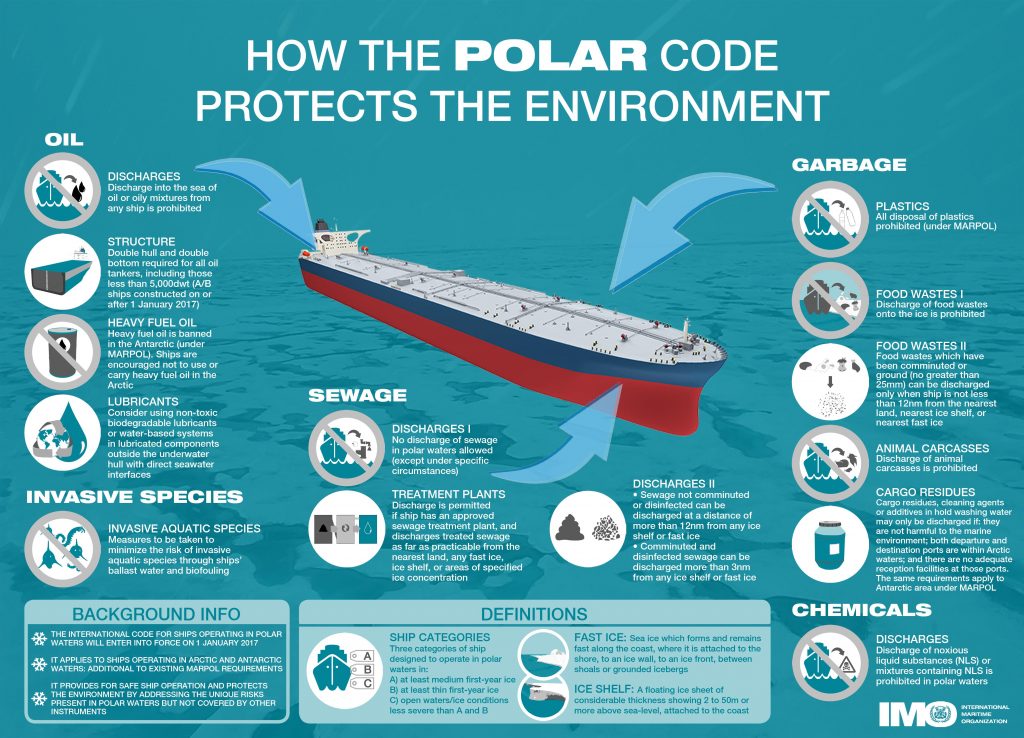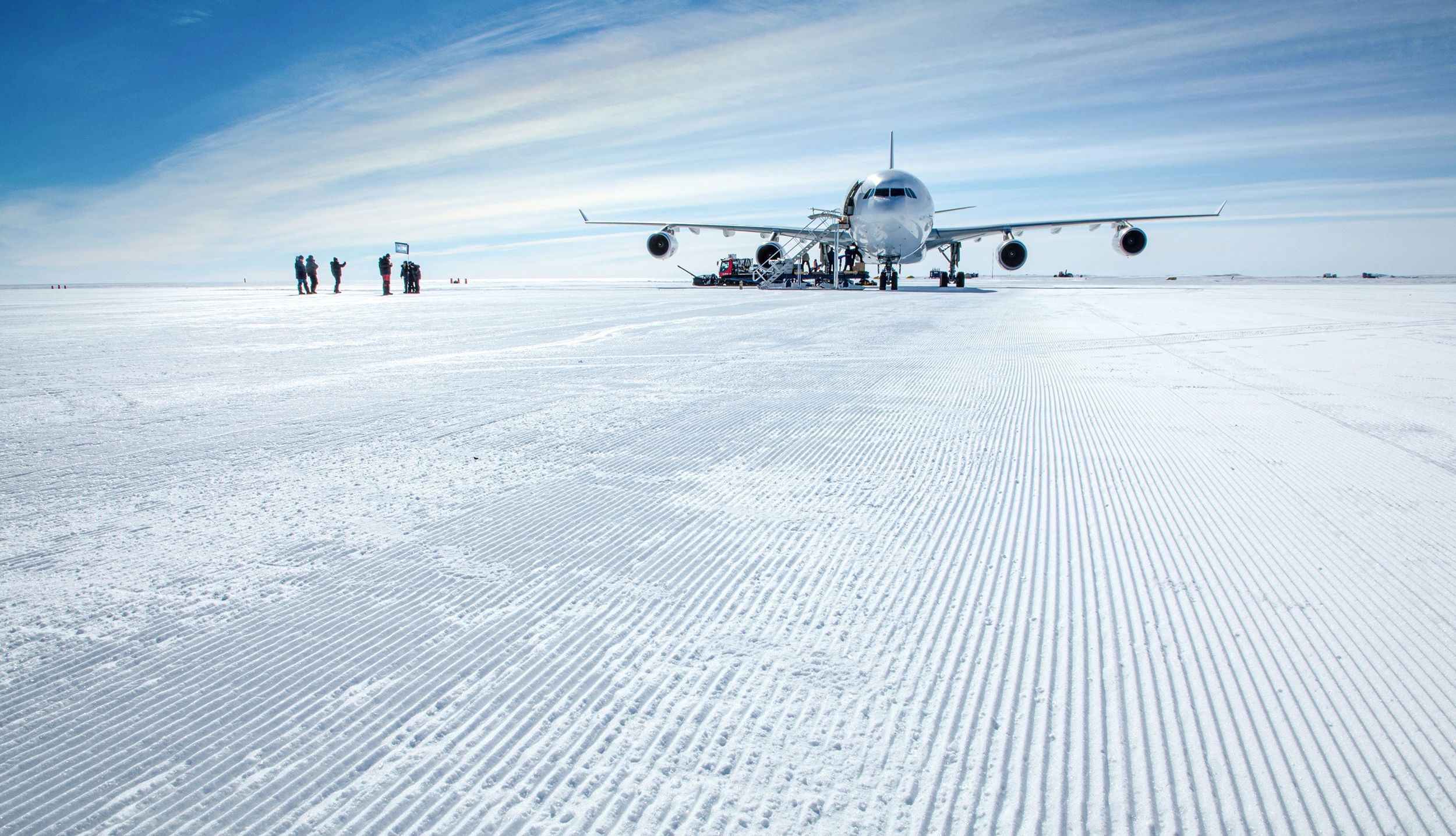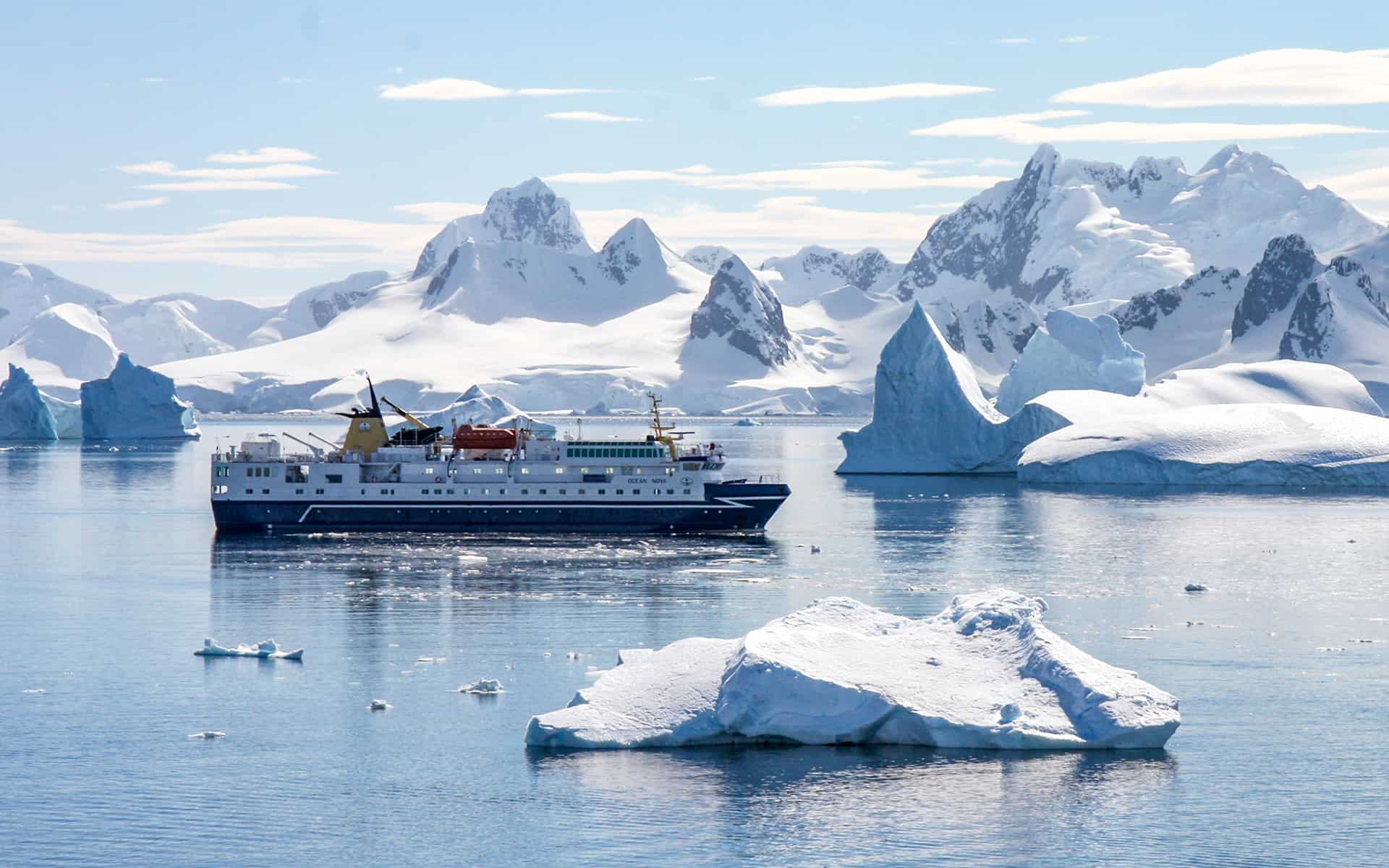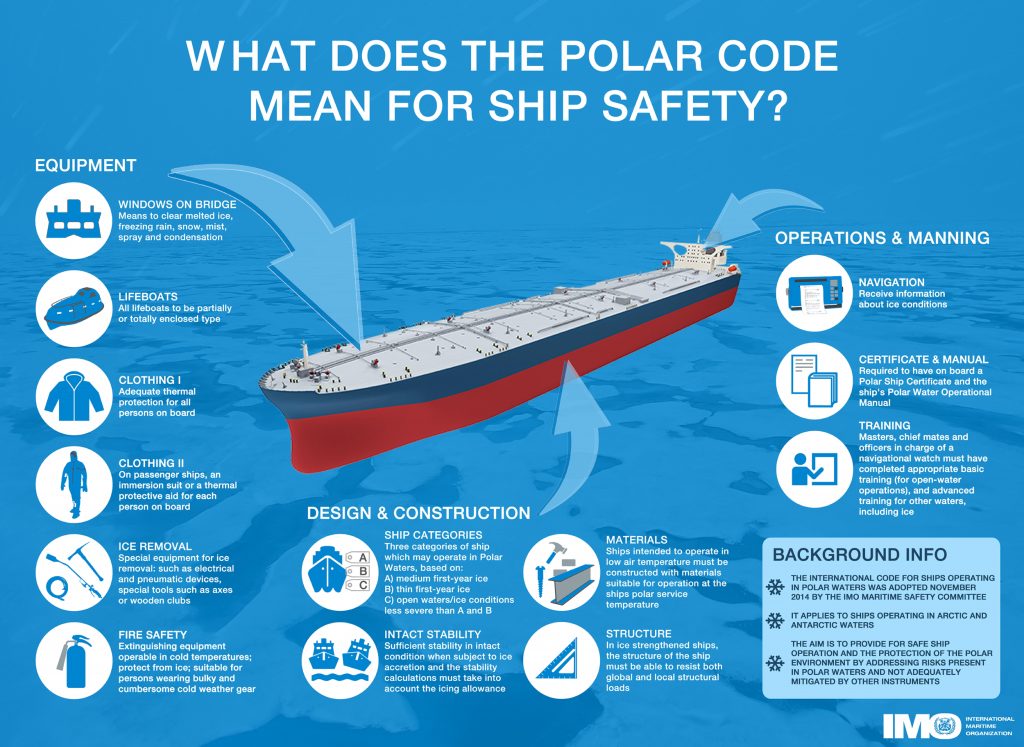“Five weather-beaten fists grasped the pole and planted it first at the geographical South Pole”, said Roald Amundsen. He was feasible, strategic, and ferociously ambitious. He was among the first to fly across the Arctic and the first to reach the South Pole and travel by ship through the Northwest Passage. Even though it was more than a century ago, still, arriving in Antarctica is a thorny mission. In this article, we delve deep into logistics in Antarctica.
The End of The World, Antarctica
A continent, Antarctica has a nearly round shape with a diameter of 4,500 kilometers (Larger than Europe, the US and Australia). There are only a few “airports” that are rough landing strips, frequently on ice, and no normal highways for automobiles other than small, unpaved pathways near scientific outposts (with the changes and unpredictability that go with ice). Also, there are no commercial seaports or railroads.
Across most of Antarctica, there is no vegetation to soften the landscape. In the course of time, vegetation creates soils that smooth down rocks and boulders, burying them. In Antarctica, however, the rocks are bare, and the majority of the time (more than 98% of the land area) is covered in snow and ice, which can sometimes make travel easier or mostly make it more difficult.
Air Transport in Antarctica
Although there are no paved runways or regularly scheduled commercial aviation services connecting the southernmost continent to the rest of the world, air travel is nevertheless present. Most flights to this area are made using military aircraft or commercial aircraft that have been chartered by governments, academic institutions, and travel agencies.
Landing strips made of blue ice are constructed in places where no new snow falls frequently. As a result, a naturally hardened, smooth, and extremely dense ice surface that is appropriate for landing airplanes is created.
Despite having 20 airports, Antarctica lacks landing facilities or airports with developed public access. There are landing facilities for helicopters and/or fixed-wing aircraft at thirty stations operated by sixteen of the country governments that are participants to the Antarctic Treaty; two more aviation facilities are run by private companies.
Given the harsh seasonal and geographic conditions, Antarctic airports are subject to significant limitations and restrictions; they do not meet ICAO requirements, and prior authorisation from the proper governmental or nongovernmental operating entity is needed for landing.
Water Transport in Antarctica
The 7th continent’s sole harbor currently is at McMurdo Station, though the first explorers landed by ship. Most coastal stations have offshore anchorages, and small boats, barges, and helicopters are used to transport supplies from ships to shore. There are a few stations with a simple wharf setup. According to Article 7 of the Antarctic Treaty, every ship in port is inspected.
Many tour boats travel to the Antarctic Peninsula during the summer, from huge motorized ships to small sailing yachts (January–March). Ushuaia, Argentina is where the major part is based.
Polar Codes for Ships
The Polar Code is aimed at addressing every aspect of shipping that is pertinent to navigation in the waters surrounding the two poles, as well as ship design, construction, and equipment, operational and training issues, search and rescue, and—equally important—the preservation of the distinctive environment and ecosystems of the polar regions. The Polar Code contains both mandatory and advisable provisions for safety and the prevention of pollution.
A certification would need to be issued after an evaluation that took into account the potential range of operational conditions and threats the ship might run across in polar waters. In addition to plans, procedures, or additional safety equipment required to mitigate incidents with possible safety or environmental repercussions, the assessment would contain information on operating limits that have been found.
Ships operating in Antarctica are subject to a variety of particular threats. Mariners have difficulties because of poor weather and a relative lack of precise charts, communication tools, and other navigational aids. As a result of the remoteness of the sites, rescue or cleanup efforts are challenging and pricey. Several ship parts, such as the deck machinery, emergency gear, and sea suctions, may perform less effectively in cold weather. In the presence of ice, the hull, propulsion system, and appendages may be subjected to increased loads.
Concerns regarding the effects on the environment are also present. At its 60th session in March 2010, the Maritime Environment Protection Committee (MEPC) adopted the MARPOL regulation to protect the Antarctic from heavy-grade oil contamination.
Heavy fuel oil (HFO) use and carriage for use as fuel by ships in Arctic seas on and after 1 July 2024 will be prohibited under changes to MARPOL Annex that went into effect on 1 November 2022. The use and transportation of oils having a density at 15°C greater than 900 kg/m3 or a kinematic viscosity at 50°C greater than 180 mm2/s will be prohibited. Ships involved in search and rescue missions, ships securing the safety of other ships, or ships preparing for and responding to an oil spill would all be excluded. On or after July 1, 2029, ships that adhere to specific construction criteria for oil fuel tank safety must comply.

06March2023-LogisticsinAntarctica-Zeymarine
Logistic Operations in Antarctica
McMurdo Station, which was given that name in honour of Lieutenant Archibald McMurdo of the British ship HMS Terror and is located in the New Zealand-claimed Ross Dependency on the shore of McMurdo Sound in Antarctica is one the most active research stations on the continent. Along with scientific operations, there is also a need for logistics in there.
Throughout the austral summer, which lasts from early October until the end of February, air service is offered many times per week between New Zealand and McMurdo Station. Parties can reach various locations, including the station at the South Pole, from McMurdo, the supply hub. If necessary, winter flights to McMurdo are also possible. The summer camps are closed from February to October, and winter research is only conducted in the vicinity of McMurdo and South Pole, where station occupants spend up to eight months alone.
The research ship Laurence M. Gould is primarily used by Palmer Station, located on Anvers Island in the Antarctic Peninsula region, to transport people and supplies to and from a port at the southern tip of South America. Palmer Station is logistically cut off from the rest of the United States Antarctic Program. The ship travels on numerous occasions every year. In addition to supporting science in other parts of the Southern Ocean, Laurence M. Gould offers onboard research assistance in the fields of marine biology, oceanography, and geophysics. Voice and data connectivity as well as the Internet are offered between areas outside of Antarctica by U.S. antarctic stations and ships.










